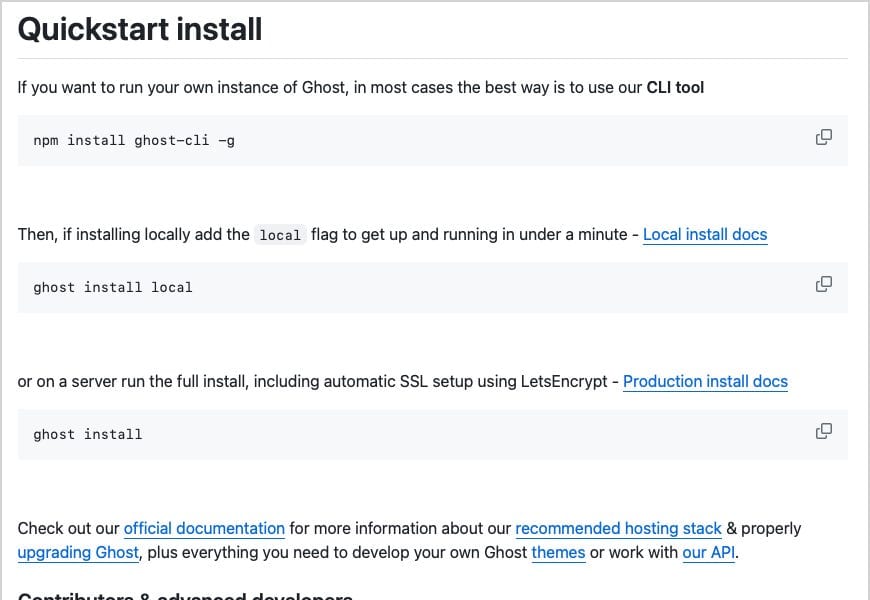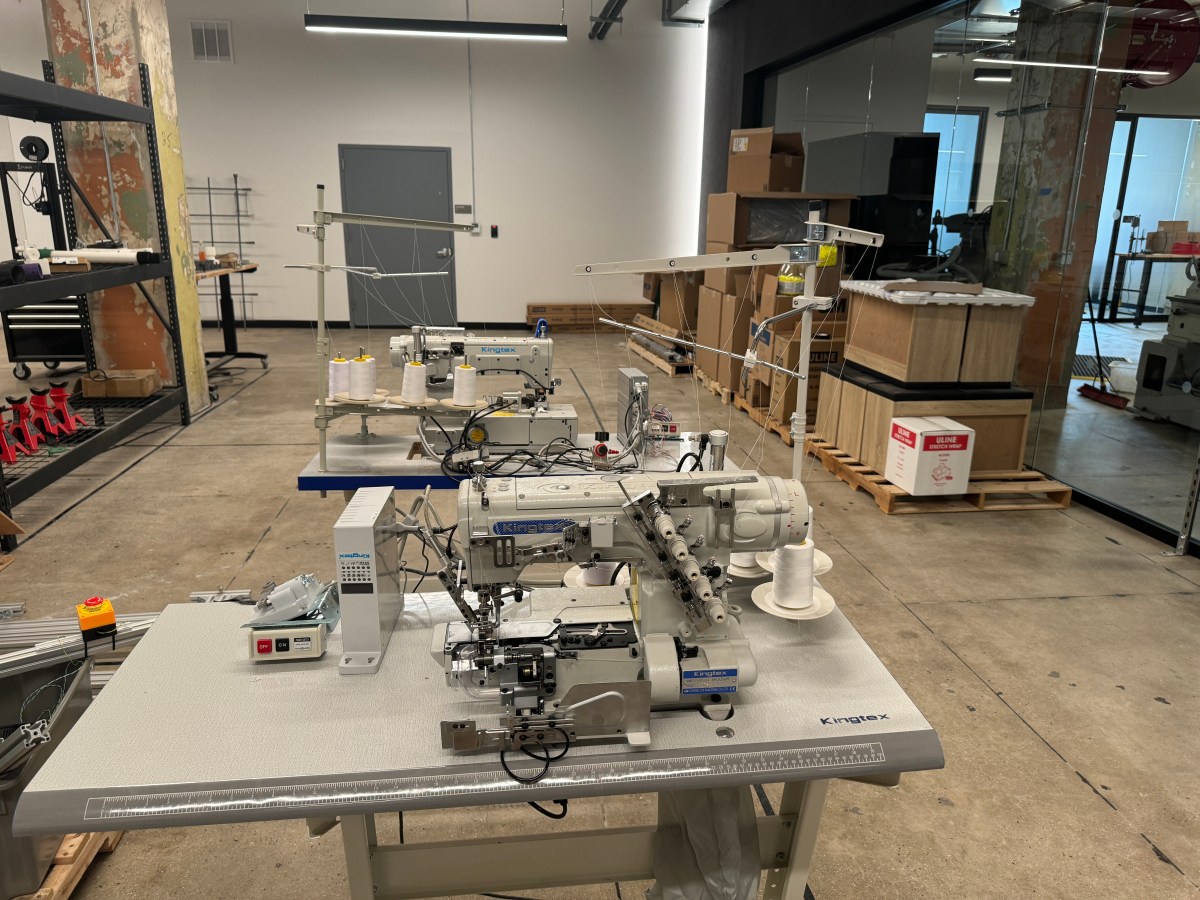
Using WebAssembly threads from C, C++ and Rust
WebAssembly threads support is one of the most important performance additions to WebAssembly. It allows you to either run parts of your code in parallel on separate cores, or the same code over independent parts of the input data, scaling it to as many cores as the user has and significantly reducing the overall execution time.
In this article you will learn how to use WebAssembly threads to bring multithreaded applications written in languages like C, C++, and Rust to the web.
WebAssembly threads is not a separate feature, but a combination of several components that allows WebAssembly apps to use traditional multithreading paradigms on the web.
First component is the regular Workers you know and love from JavaScript. WebAssembly threads use the new Worker constructor to create new underlying threads. Each thread loads a JavaScript glue, and then the main thread uses Worker#postMessage method to share the compiled WebAssembly.Module as well as a shared WebAssembly.Memory (see below) with those other threads. This establishes communication and allows all those threads to run the same WebAssembly code on the same shared memory without going through JavaScript again.
WebAssembly memory is represented by a WebAssembly.Memory object in the JavaScript API. By default WebAssembly.Memory is a wrapper around an ArrayBuffer—a raw byte buffer that can be accessed only by a single thread.



















